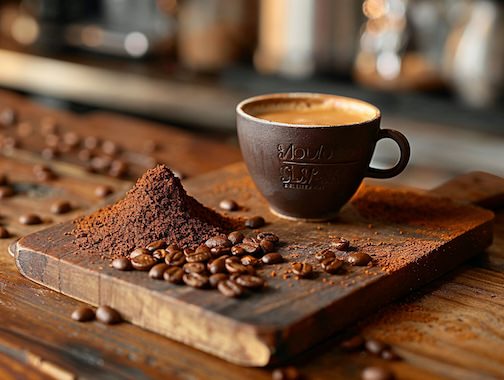Pressing and compressing coffee grounds in the espresso holder, known as “tamping,” is a critical step in preparing espresso. This process has significant implications for the quality of the espresso shot. Tamping creates a flat, even bed of coffee grounds, ensuring that water passes through at a consistent rate for an even extraction. This uniformity is crucial for achieving a balanced and flavorful espresso shot, as it prevents the water from channeling through the grounds unevenly, which can result in a shot that is either too weak or too bitter.
The resistance created by the compressed grounds is essential for building up the pressure needed for espresso extraction, which is responsible for producing the signature crema that tops a well-extracted espresso.
However, mastering the tamping process requires practice and technique, as achieving the right pressure (typically around 30 pounds of force) and ensuring an even distribution of coffee grounds is not always straightforward. Inconsistencies in tamping can lead to uneven extraction, undermining the quality of the espresso.
The physical effort involved in tamping, especially in high-volume settings, can be demanding, although this is more of an issue for professional baristas than for home espresso enthusiasts. It’s also worth noting that different espresso machines and baskets might require adjustments in tamping technique or pressure, adding another layer of complexity to the process.
Despite these challenges, the benefits of proper tamping are undeniable. It allows for greater control over the extraction rate, influencing the espresso’s strength and flavor profile, and ultimately contributes to a superior espresso experience. The key to successful tamping lies in practice and understanding the nuances of one’s espresso machine and preferences, making it an indispensable skill for any espresso maker.
Please note that if you purchase from clicking on the link, some will result in my getting a tiny bit of that sale to help keep this site going. If you enjoy my work, perhaps you would consider donating to my daily cup of coffee, thank you.



